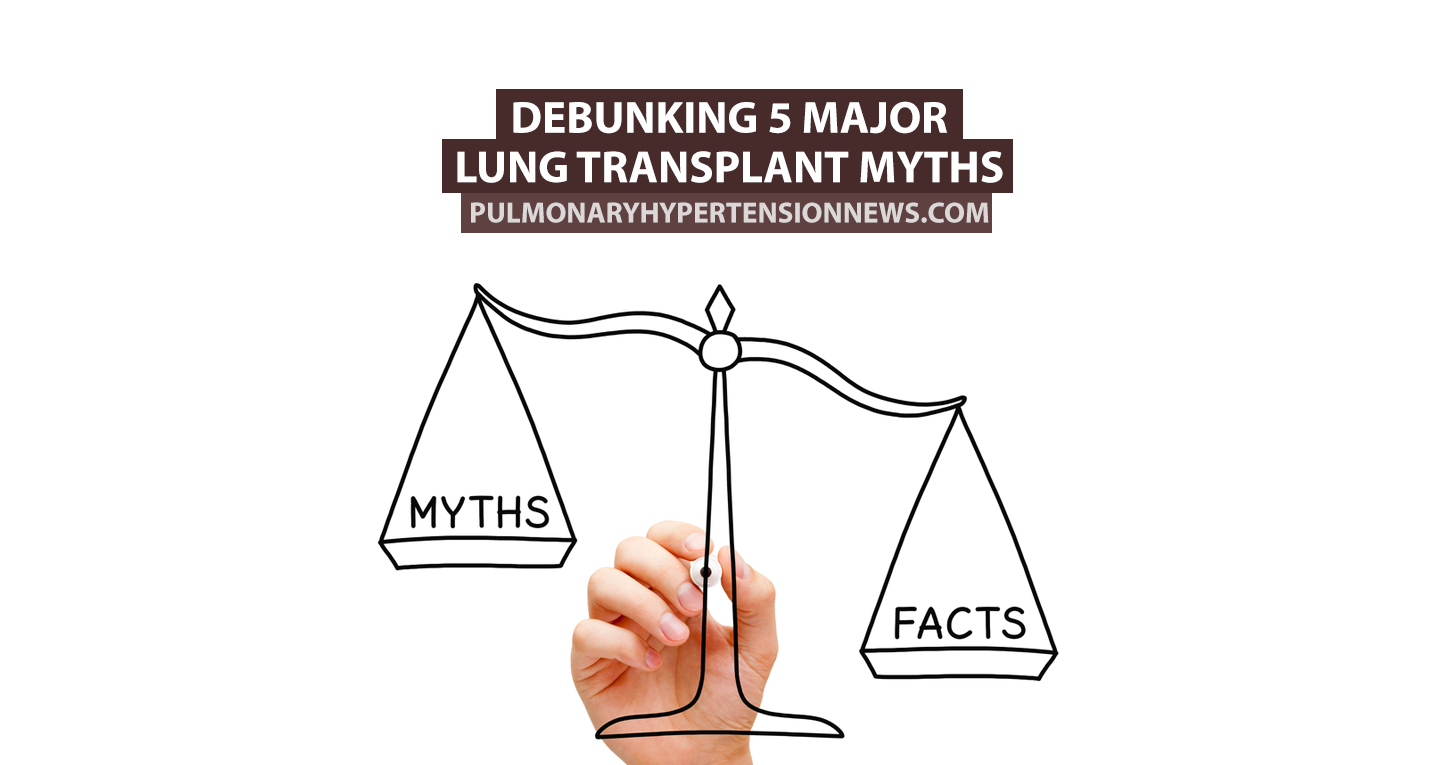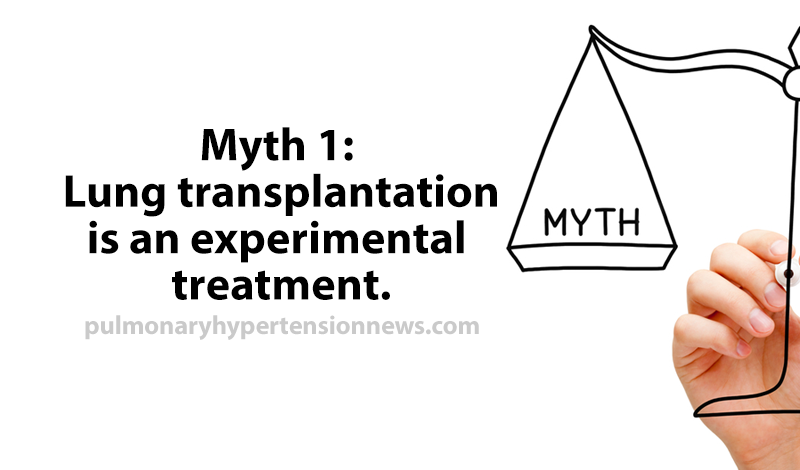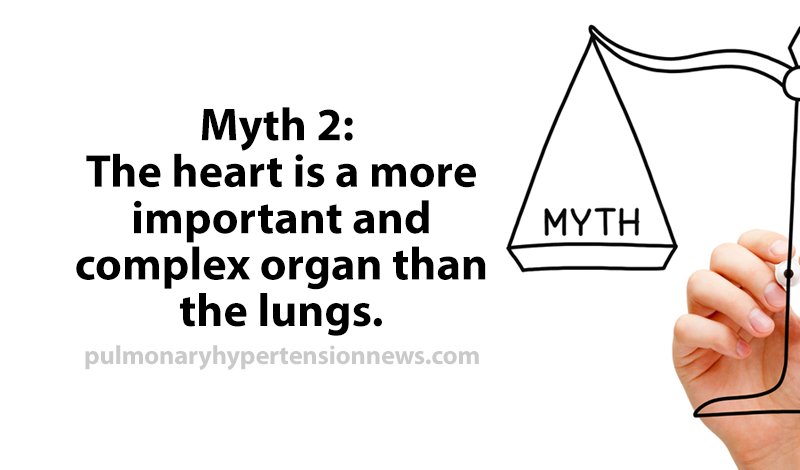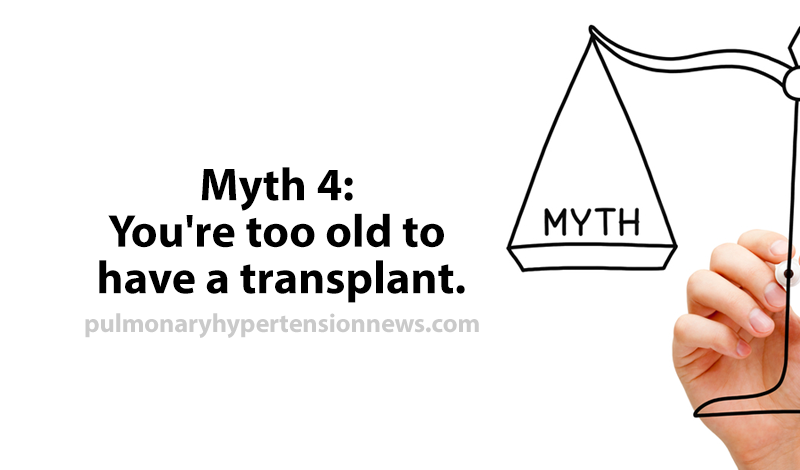Debunking 5 Major Lung Transplant Myths

Professor Daniel Chambers from the Queensland Lung Transplant Service, at The Prince Charles Hospital in Brisbane, Australia, debunks 10 myths about lung transplants for pulmonary hypertension patients and other patients with lung problems.
Read about five of the myths here:
Lung transplant was considered “revolutionary” when it was first performed in Canada in 1983. Nowadays, it’s a well-established treatment for patients suffering from advanced lung diseases. Over 40,000 transplants have been successfully performed worldwide.
While it’s true that you can’t survive without a heart, you also cannot survive without lungs. Nevertheless, it’s still “easier” to live without much heart function, using mechanical support while awaiting a heart transplant. Lungs have a more complex system that needs to accurately match blood flow with gas flow, while simultaneously needing to be protected from the “outside world.” In contrast, the heart is a relatively simple pump and can be more easily replicated by a mechanical support. Scientists say that artificial, biocompatible hearts may be a reality in the near future, but artificial lungs are “probably 30 years away” due to their complexity.
How is pulmonary hypertension diagnosed? Find out more here.
It‘s a reality that a double lung transplant is better, but a single lung transplant serves as an excellent treatment option in patients with pulmonary hypertension.
Read more about some treatment options available for pulmonary hypertension.
Although lung transplantation is considered a high-risk procedure, especially at an older age, most programs worldwide accept patients up to 65 years old. However, by the age of 70 the risk of transplant increases high enough that the option is too risky. That line of thought is often debated and changed depending on the overall health of the individual patient. Chambers expects in the near future, that lung transplants will be a viable option for otherwise healthy candidates — regardless of age.
Do you know how pulmonary hypertension develops?
Nowadays, it’s normal to expect prolonged survival. Most patients who undergo the transplant return to a regular life of work, travel, enjoying time with family — you name it.
Who is more at risk of developing pulmonary hypertension?
Pulmonary Hypertension News is strictly a news and information website about the disease. It does not provide medical advice, diagnosis or treatment. This content is not intended to be a substitute for professional medical advice, diagnosis, or treatment. Always seek the advice of your physician or other qualified health provider with any questions you may have regarding a medical condition. Never disregard professional medical advice or delay in seeking it because of something you have read on this website.












